(CE Marking) is a mandatory conformity marking for certain products sold within the European Economic Area (EEA) since 1985. The CE marking is also found on products sold outside the EEA that are manufactured in, or designed to be sold in, the EEA. This makes the CE marking recognizable worldwide even to people who are not familiar with the European Economic Area. It is in that sense similar to the FCC Declaration of Conformity used on certain electronic devices sold in the United States.
The CE marking is the manufacturer’s declaration that the product meets the requirements of the applicable EC directives.
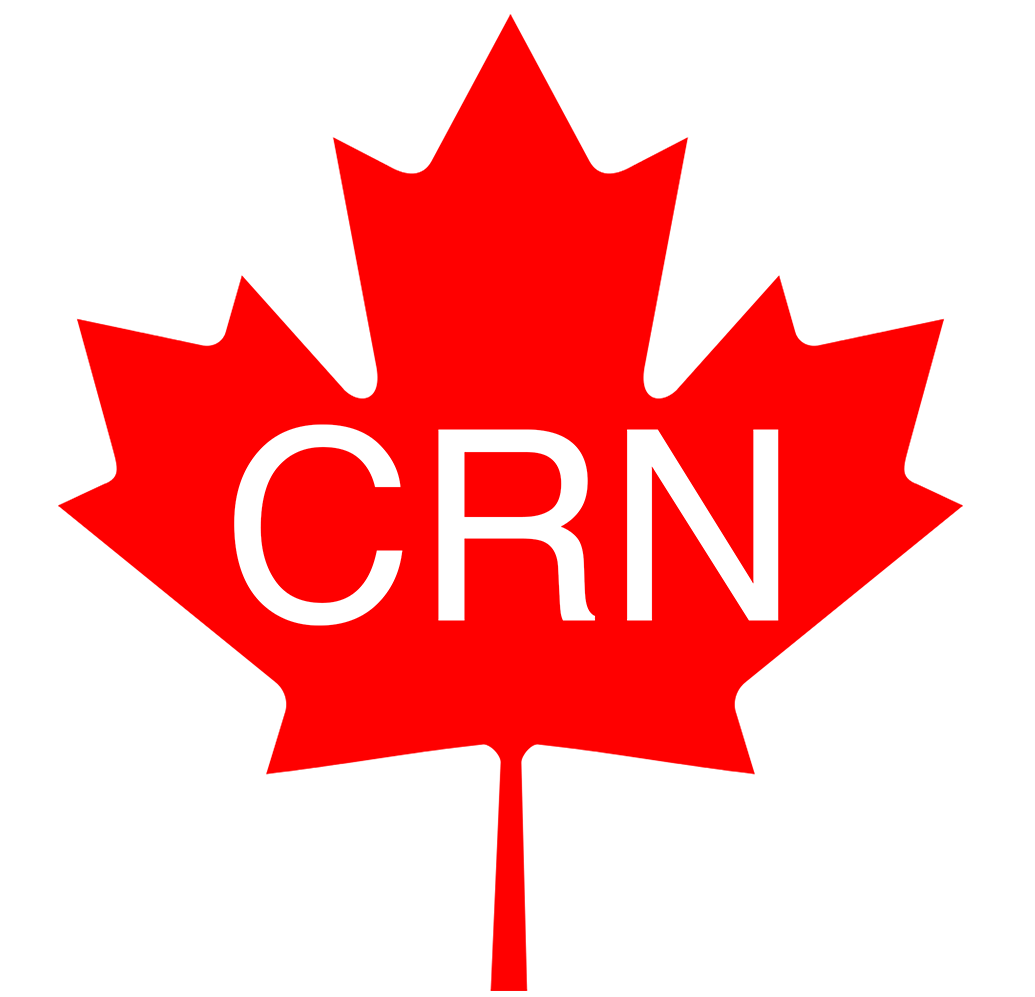
CRN
(The Canadian Registration Number) is a number issued by each province or territory of Canada to the design of a boiler, pressure vessel or fitting. The CRN identifies the design has been accepted and registered for use in that province or territory.

NSF61
Delta T’s resilient seated butterfly valve products comply with the strict requirements of this standard for safe use in both hot and cold water systems. Certified at the “Commercial Hot” temperature of 82°C (180°F), the valves are suitable for use at any temperature below this unlike many others which are only suitable for use in cold water systems.
- Protective barrier materials (cements, paints, coatings)
- Joining and sealing materials (gaskets, adhesives, lubricants)
- Mechanical devices (water meters, valves, filters)
- Pipes and related products (pipe, hose, fittings)
- Plumbing devices (faucets, drinking fountains)
- Process media (filter media, ion exchange resins)
- Non-metallic potable water materials
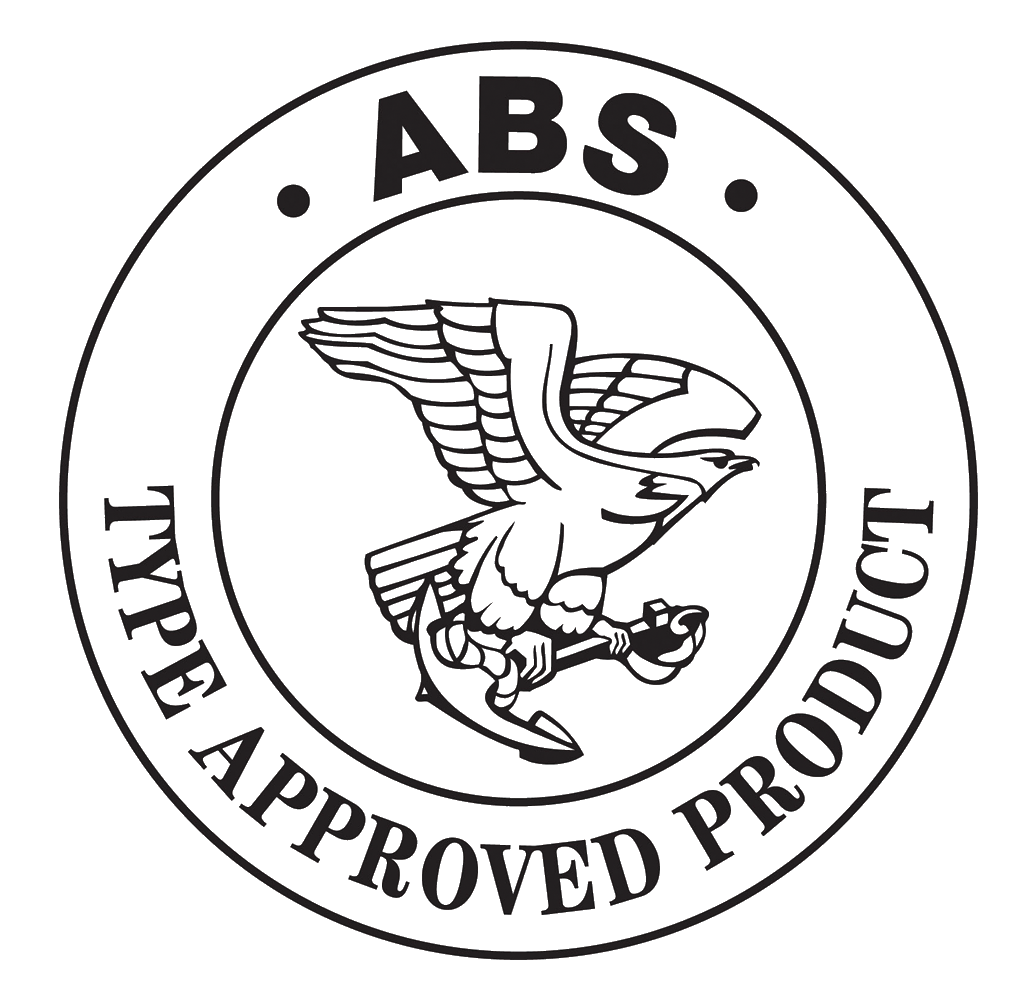
ABS
ABS, the American Bureau of Shipping offers several different reviews which reduce the amount of review required for the use of a product in a specific application related to ABS class vessels. An ABS Product Design Assessment (PDA) is the assessment of a product for use on a variety of ABS-classed ships following a technical evaluation. The PDA reduces the turnaround time for approval on a specific ship. When a specific ship is chosen, ABS technical staff verifies that the product is suitable for use after a review of the PDA. On an even higher level of approval, achieving ABS Type Approval for a product grants that the product can be selected by ship designers, builders and owners to be placed aboard an ABS-classed vessel.
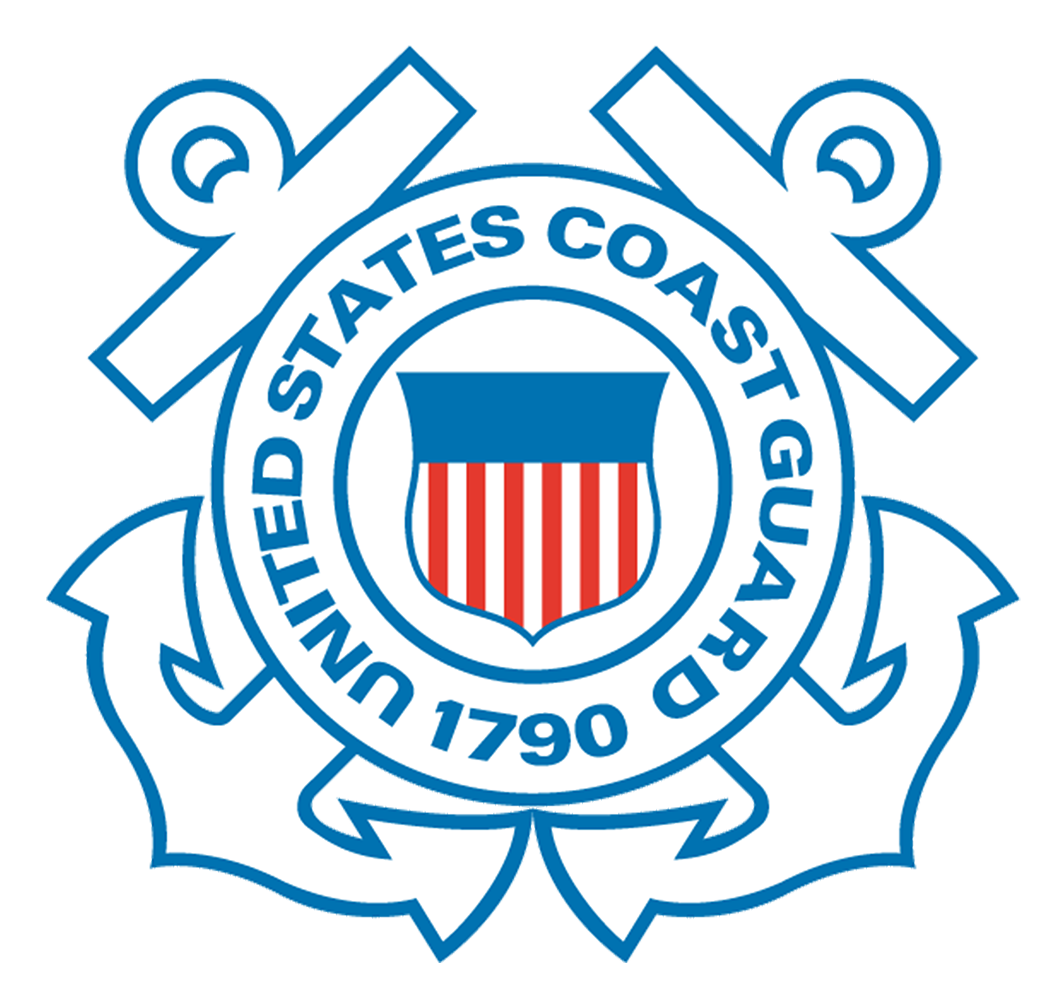
USCG / Coast Guard
Valves designed for use in ship engineering systems must comply with USCG requirements according to industry standards specified in Title 46, Code of Federal Regulations, Part 56 (46 CFR Part 56). Some applications such as pressure-vacuum relief valves for tank vessels or liquefied compressed gas safety relief valves do require additional USCG Type Approval, and must conform to requirements outlined in 46 CFR Part 162, sections 162.017 and 162.018. For equipment or materials to receive USCG Type Approval, they must be demonstrated to comply with the relevant requirements in the regulations, successfully complete the specified tests, and be enrolled in a quality control or follow up program as required.
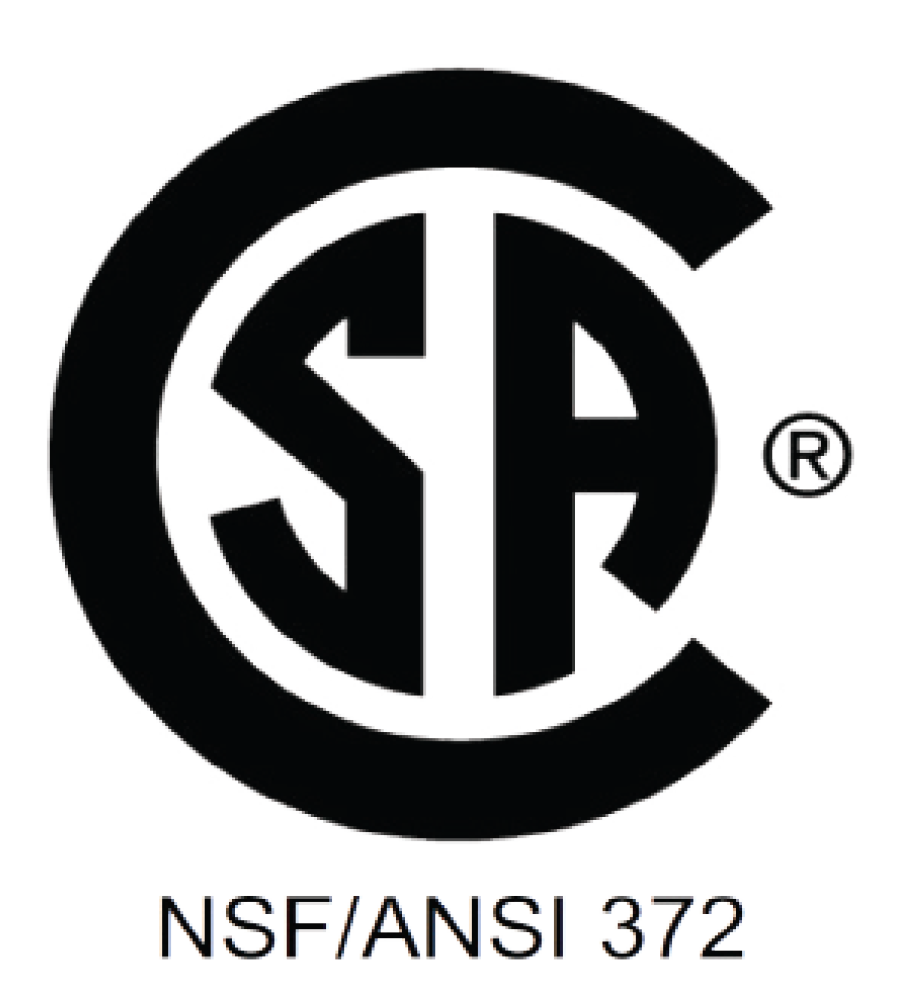
NSF/ANSI 372
NSF/ANSI 372 is essentially equivalent to Annex G of NSF/ANSI Standard 61 and assures that the materials used in the water contact components of a water system component do not exceed 0.25% lead content in water contact components.
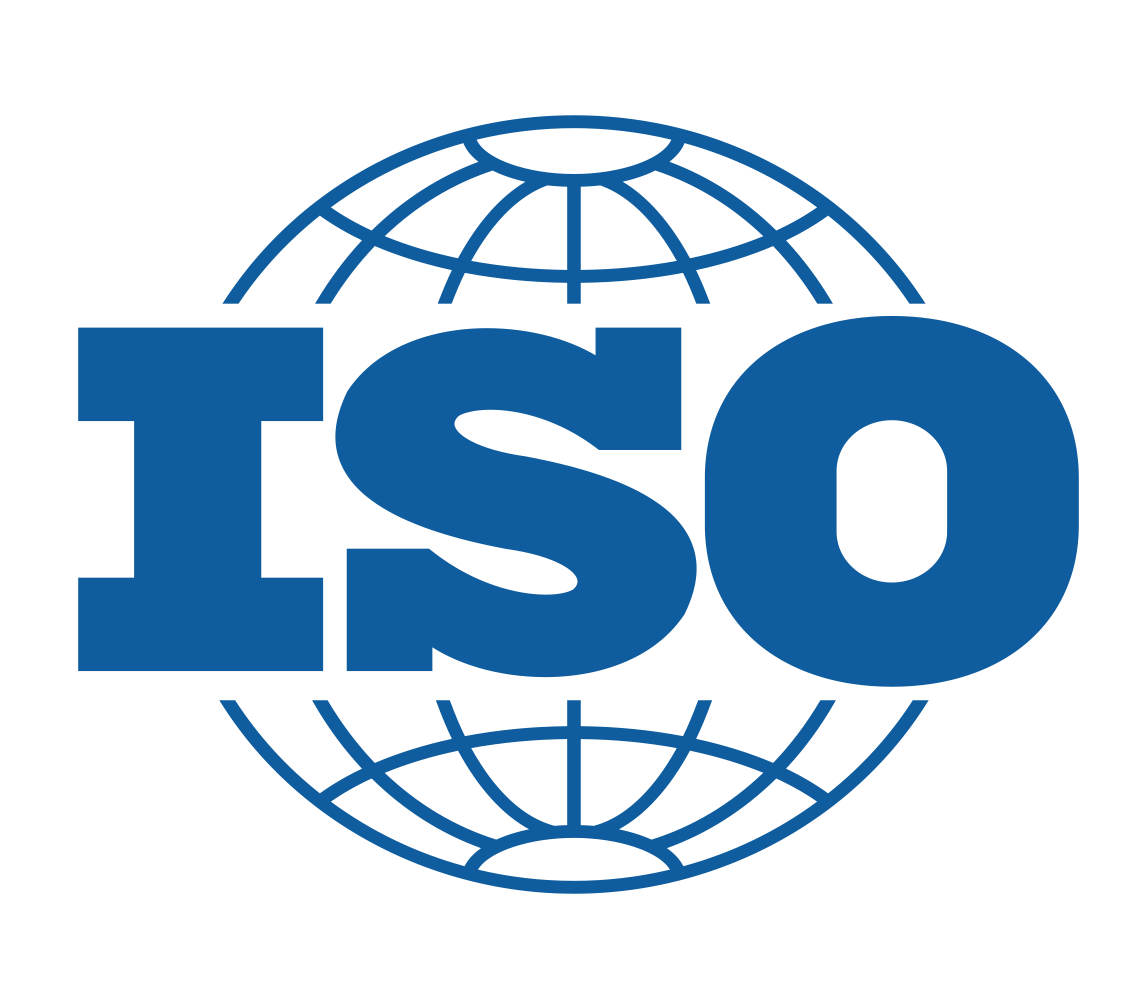
ISO 5211
This standard defines a standardized interface system between industrial valves and the part turn actuators used operate them. It details the dimensional requirements for both the mounting flanges on both devices as well as the driving and driven components. This standardization simplifies the design of or eliminates the need for interface components between part turn valves and actuators.
